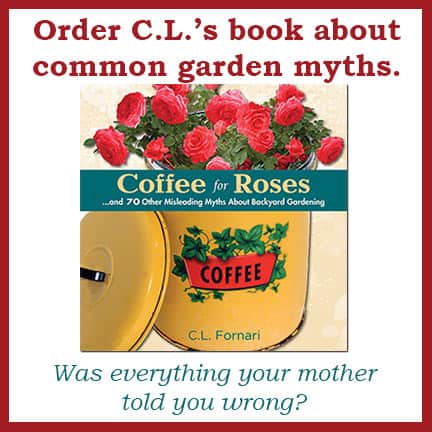One of my favorite books is titled Start Where You Are: A Guide to Compassionate Living (Shambhala Classics) It’s written by Pema Chodran who is described as ” a Buddhist nun for regular folks.” As we frequently see, however, the wisdom from one aspect of life, in this case spirituality and mindfullness, is applicable to another, such as gardening.
In the garden we are always better off to start where we are. I’ve done many consultations for people who have grand visions about what they want to see their landscape look like, yet they are unwilling or unable to address what’s in front of them right now. A dream of a flowerbed, raised bed vegetables or Asian-inspired meditation gardens is important but reaching their vision begins with clearing out the weeds, building the frames for elevated planting areas, or pulling out the existing plantings so that the entire area can be simplified. If we aren’t willing to start where we are and do what it takes to deal with what is right in front of us at this moment, how can we possibly hope to move into the future we imagine?
Addressing what’s currently in the garden doesn’t have to mean starting over, however. In some cases we can use what we have and build on it. Our raised beds might be constructed right on top of existing soil, for example, and that Asian-inspired garden could begin with the artful pruning of an existing shrub that’s already in place. In and out of the garden, we are well served to look at where we are and see if there are aspects of that current situation that are useful.
In the fall, things in the garden are shutting down. In some cases this means we need to clear everything out. In other situations, however, we can use the fact that the plants are in “close-up-shop” mode to add to our designs and autumnal celebrations. This fall display by Jeffrey Thomas reminded me that the weekend project should be about be starting where we are.

Jeffrey didn’t remove the fading petunias and other annuals from this flower box before making his display…he USED the end-of-season annuals to add to the look of this celebration of fall. By leaving the almost-finished plantings in place he took advantage of the fact that they continued to soften the cement planter as well as amplified the summer-into-fall-and-winter theme.
Gardening tip: when getting your landscape ready for the winter, start with what you see in front of you. If a perennial plant has died to the ground, and you don’t like how it looks, cut the dead part down. If the annuals no longer look great, pull them up and toss them in the compost pile. But if that perennial still looks as if it’s capable of photosynthesis, or the seeds are attractive or are beneficial for wildlife, by all means leave that plant in place and work around it. Garden maintenance is usually best done on a plant-by-plant basis.
End note: For every post here at Coffee For Roses I need to select a category that the entry fits in. While this one is about gardens, and the wisdom of starting with what you’ve got before you move forward, I’m going to place this blog in the “Lifestuff” category. It’s a reminder that no matter the season, it’s good to start where you are. See it all clearly, use what you’re able to toward the best advantage, and be willing to put in the efforts required to get you from where you now stand to where you want to go.



